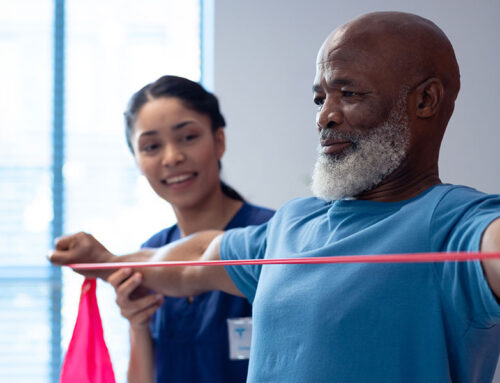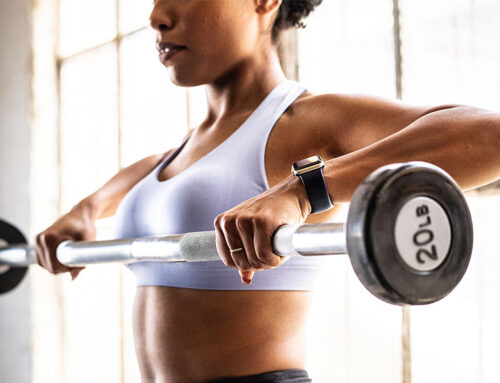During pregnancy women often complain about muscle aches and pain in their back, neck, and hips. There are a number of reasons this can occur, but most commonly it is caused by;
1. Postural changes caused by the growing uterus.
As a women’s centre of gravity changes throughout the stages of pregnancy it is common to have more loading through the lower back. As the back muscles try to stabilise and support the shift in gravity, they often become tight and painful. Tight muscles can cause aching pain and sometimes referral of pain, commonly down the leg.
2.Relaxin –A Pregnancy hormone
Relaxin is a hormone that allows a women’s ligaments to become more stretchy and flexible, preparing her for the delivery of the baby. In some cases this increase in flexibility of the joints and their ligaments, actually creates instability. In order for the body to stabalise the joint, the muscles often spasm or tighten to provide the stability that the joint is lacking. This in turn causes pain as the muscle is effectively working dysfunctionally.
3.Position of the baby (particularly towards the end of pregnancy).
Sometimes the baby’s position can compress structures and cause pain.
WHAT TO DO TO AVOID PAIN (OR IF IT’S TOO LATE)!
Luckily you don’t need to put up with pain during pregnancy. Here is a checklist to help you aleviate pain and discomfort.
Good Posture
Avoid slouching wherever possible, as good posture will help to reduce compression through the lower back. The use of a rolled up towel or lumber support placed at the lower back can assist with improving your seated posture. Another tip is to imagine a helium balloon attached to the center of the top of your head. Visualise how it would gently tug you into an upright position with your chest up, shoulders relaxed and down and chin/head up.
Correct lifting techniques
Always be careful lifting anything when you’re pregnant. Make sure you know the weight of anything you pick up to avoid straining through the back. Correct lifting is especially important if you have a younger child who wants/needs to be picked up. If kneeling or squating down becomes too difficult, sit in a chair and get your child to sit in your lap.
Taking it easy
Recognise that your body is going through MAJOR changes and that it is okay to take it easy if necessary. Have a good support system around you, and ask for help when needed.
Good sleeping positions- Use of pillows for support
Your need to rest during pregnancy will increase. Side sleeping is most ideal during pregnancy and the use of pregnancy pillows can increase your comfort. There are many different kinds on the market designed to support your stomach and baby.
Exercise
Continuing to exercise during pregnancy is really important and will help to prepare you for the labour. Walking and swimming are great exercises and there are fabulous pre-natel exercise classes out there. It is recommended to not start any brand new activity during pregnancy, especially in the first trimester.
Myotherapy and Allied Health
Myotherapist are highly qualified to treat women who are pregnant. We have special pillows that allow women to lay face down if necessary, which can be very relieving in it’s own way. Myotherapy is best used as a proactive method to assist women in having a painfree and comfortable pregnancy. However, if pain already exists we can devise a thorough treatment plan incorporating treatment, corrective exercises and practical advise. Always check with your Obstetrician to ensure Myotherapy treatment is right for you.
By Lani Guskich – Elite Myotherapist






